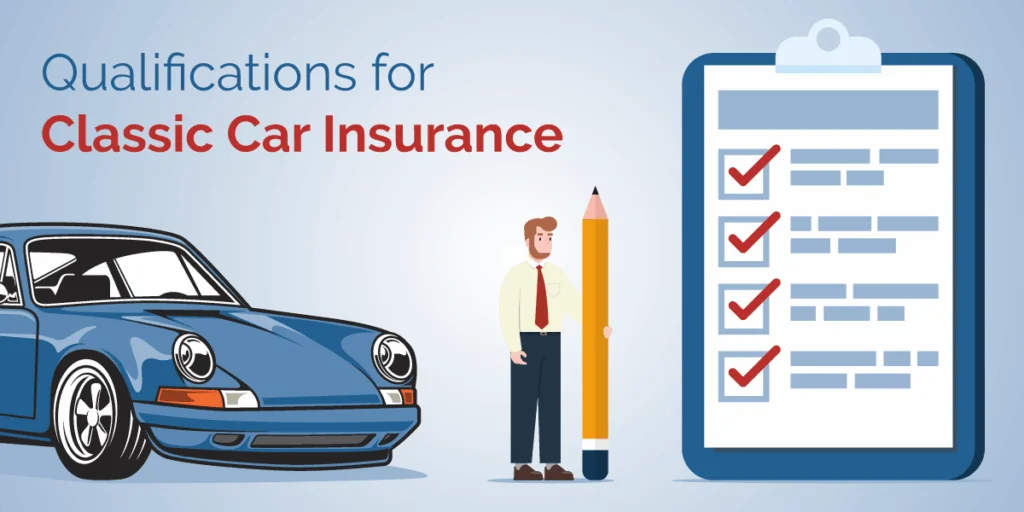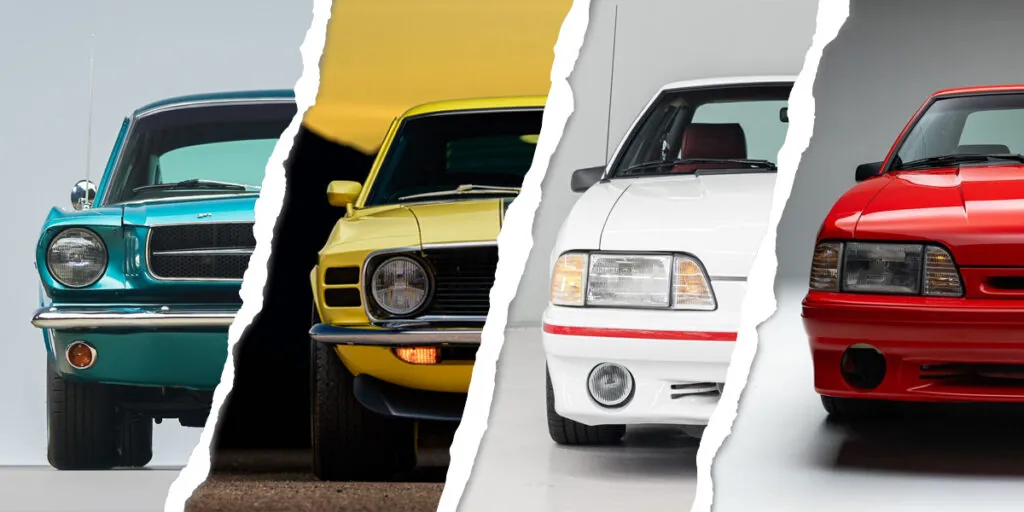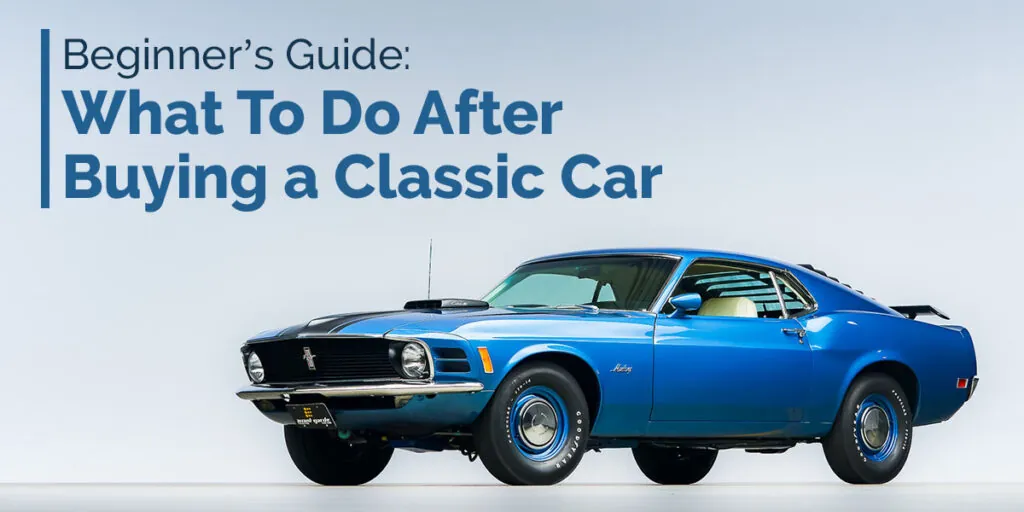Are you thinking about buying a Porsche 914? You’re in good company. Although it’s been nearly fifty years since the last one left the production line, interest in the first “affordable Porsche” has perhaps never been stronger. Unfortunately for would-be buyers, there’s been a corresponding rise in market value and transaction prices to match. The days when these cars changed hands for a thousand dollars or less are long gone. Which means it’s more important than ever to shop smart. Here are a few things you’ll want to know before you sign the check.
Not All 914s Were Created Equal
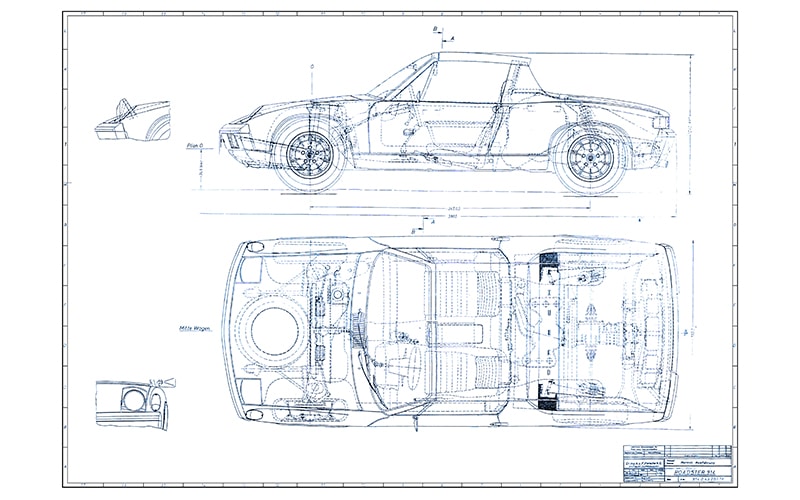
Chances are you already know some basic 914 history: The original plans to sell only the six-cylinder version as a Porsche while badging the four-cylinder car as a Volkswagen. The home-market “VW-Porsche” badging that earned it the arch nickname of “VoPo”, a term also used for the East German state police. The decision to discontinue the six-cylinder 914/6 in 1972. And, of course, the lightning-quick Porsche 916 that would have been the top of the 914 range, had Porsche not pulled the plug on the whole affair.
That’s just the tip of the 914 iceberg, and as an owner you’ll learn enough stories to last a lifetime. For now, however, let’s focus on the three 914 variants that make up the bulk of what’s on the market. From 1970 to 1973, all 914s were powered by the 1.7-liter flat-four engine. For 1974, the single engine choice was replaced by two: a 1.8-liter flat-four, and a stouter 2.0-liter option. All three engines were fuel-injected for their entire US-market production run, so if you find a 914 of any engine with carburetors, it’s worth finding out how and why that change was made.
Some 914s were fancier, like the 1970 1.7L car, with its non-adjustable passenger seat, trim chrome bumpers, and relative lack of emissions controls. Others gravitate towards the 2.0L cars, which weigh more but have more power to offer. Our advice? It’s more important to pick the right car than it is to pick the “right” model. All three engines can be modified for more power, and it’s common practice to “update” and “backdate” 914s with one’s preferred bumpers and options. The same is true for California-market cars, which had less power when they were new; all the changes made for California can be reversed, and already have been in most 914s that have survived to the present day.
Which leads us to The Golden Rule of 914 buying, namely:
Get the Best Condition Car You Can Afford
Even at today’s values, it’s still cheaper to buy a good 914 than it is to build a good one from a project or from a car with “stories”. Get the right car up front. You won’t regret it. But how do you know which car is right?
Rust Is 914 Public Enemy #1
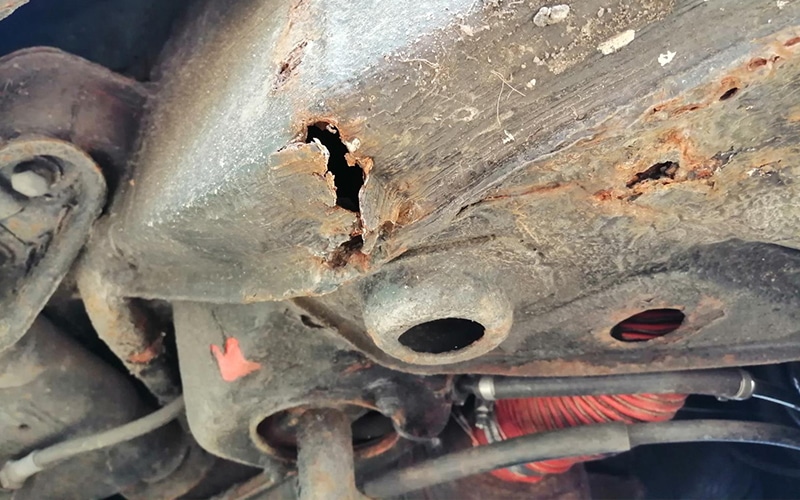
Porsche was a pioneer in galvanized body shells. This expensive technique means that it’s rare to see rust on any 911 or Boxster, even rough examples. But this technology arrived too late to save the 914. As a “coachbuilt” car, meaning that it was assembled by the Karmann Coachworks with a level of individual effort you don’t get out of luxury cars nowadays, the 914 was never really engineered to drain and shed water all that well. Put that together with 50-plus years of weather, and we’re talking serious rust in many cases.
If you have to choose between a 914 with heavy rust and one that needs an engine rebuild, pick the latter every time. Where should you look for rust? Everywhere – but pay particular attention to the battery tray, the engine compartment, and everything under a carpet. If at all possible, put it on a lift and look for rust underneath in the floorpan and rocker panels. Assume you haven’t found it all until it breaks through somewhere you can see. Along the way, look for evidence of bad bodywork and previous rust repair. It’s the most important step in buying a 914.
“Numbers Matching” Is Important for 914s
If you’re a fan of old Detroit muscle, you know that having matching serial numbers on the engine and car is important. It’s important with 914s as well – but there’s also the issue of matching serial numbers on the frame as well. Many of these cars have been raced and crashed. In some cases, two crashed cars were assembled into one new one. So where do you look? The passenger side of the inside “frunk”, the lower left corner of the windshield frame, and the passenger side front fender. There will also be a sticker on the door jamb, if it hasn’t been painted over or scraped off.
A car with all serial numbers matching, and an engine that matches is the best bet for investment value. Don’t care about that? Then don’t sweat it – especially as regards the engine. But that does lead us to one important caveat:
Is That a VW Engine in My Sports Car?
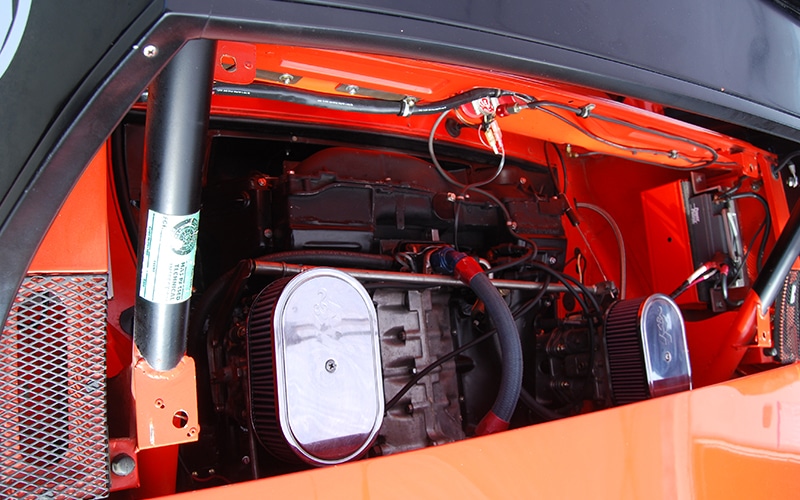
All three of the 914 engines also made appearances in Volkswagen buses, missing the performance upgrades and/or lighter parts that made them 914-specific. During the Seventies and Eighties, a lot of wrecked 914s donated their 2.0L heads to VW buses with speed-freak owners. Let’s face it: some of them just wanted the power to do 50mph up the PCH out of Venice Beach. In turn, some thrifty 914 owners and racers pulled bus engines out of junkyards when they blew up their originals. How can you tell? Serial numbers are a big tip-off, but carburetors instead of fuel injection is another likely sign that you’re bus-powered. Worried about this? Here’s a secret: pretty much all the big-bore racing engines for 914s started life in a VW Bus. Don’t be a snob!
When in Doubt, Take Your Time
One good thing about the uptick in 914 values is that it’s brought a lot of good cars to market, and it’s made it more likely that the cars you’re shopping will have received some TLC prior to sale. That doesn’t mean you need to be in a hurry. 116,631 of these cars were built. Many of them are still around. So, take your time, especially when it comes to inspecting a car. See how it runs at cold start and when it’s been idling. Check all the gears for play. Shake the wheels to check the bearings. Put the car on a lift if you can. A good long road test is always worth doing. And if you don’t know what to look for, it’s worth having a respected Porsche specialist do a Pre-Purchase Inspection, the same as you would for a 1977 911 Turbo.
When You’re Ready…
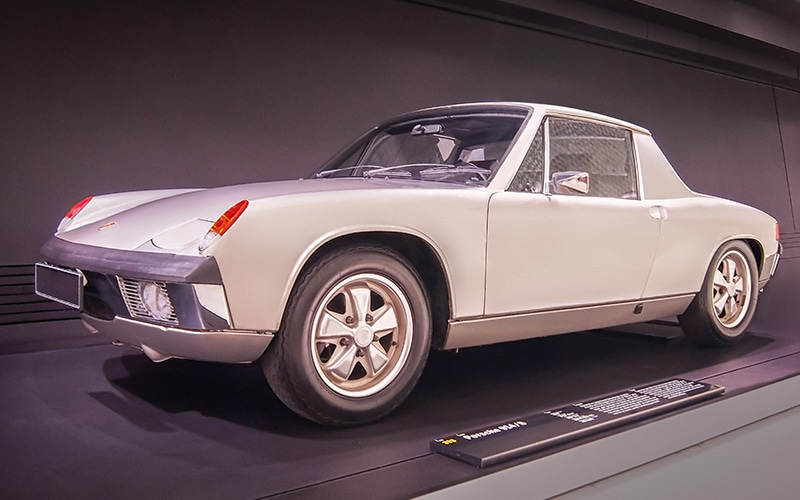
Found the right car? Great! Unless you have records showing recent service, now’s the time for a full fluid change, an alignment, which can also uncover issues with bearings and bushings, and whatever service the owner made you aware of it. Last but not least, check the date codes on the tires. It’s common for these cars to age their tires out before they wear them out. If the date code is six years or older, make the safe choice and change them out. Now have fun! And if you see another 914 on the road, don’t forget to wave. Good company, indeed!

